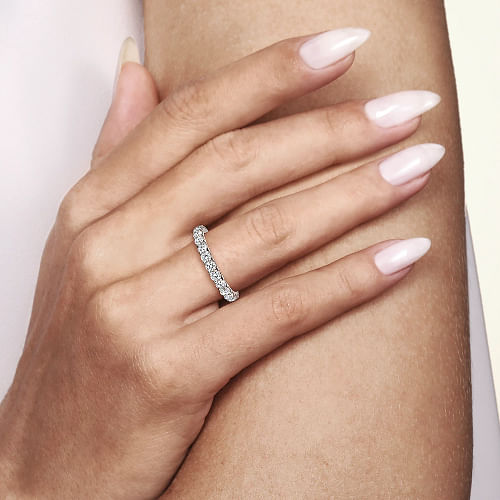How to Make Your Own Natural Insect Repellent
In a world where we are increasingly concerned about the chemicals we expose ourselves to, it's no wonder that many people are seeking natural alternatives for everyday products. One such product is insect repellent. Commercial insect repellents often contain chemicals that can be harsh on the skin and the environment. Fortunately, you can create your own natural insect repellent at home, providing effective protection against pesky bugs while avoiding harmful chemicals. In this article, we'll guide you through the process step by step.
Insects can be both annoying and harmful, often carrying diseases that can affect humans and animals. While commercial insect repellents are readily available, they can contain chemicals that some people prefer to avoid. Creating your own natural insect repellent allows you to protect yourself and your loved ones without compromising on health or safety.
Understanding the Benefits of Natural Insect Repellent
Natural insect repellents offer several advantages. They are:
Environmentally friendly.
Safe for your skin and health.
Customizable based on your preferences.
Cost-effective in the long run.
Essential Oils as Key Ingredients
The primary ingredients in natural insect repellents are essential oils. These oils are derived from various plants and have natural insect-repelling properties. They are safe for humans and pets but are effective at keeping insects at bay.
Choosing the Right Essential Oils
Selecting the right essential oils is crucial for an effective repellent. Oils like citronella, eucalyptus, lavender, and peppermint are popular choices due to their strong insect-repelling properties. Mixing these oils in the right proportions is key to a successful blend.
Basic Natural Insect Repellent Recipe
Here's a simple recipe to get you started:
Ingredients:
10 drops of citronella oil
10 drops of eucalyptus oil
10 drops of lavender oil
5 drops of peppermint oil
2 tablespoons of carrier oil (e.g., coconut oil)
Instructions:
Mix the essential oils and carrier oil in a small, empty spray bottle.
Shake well before each use.
Apply to exposed skin before heading outdoors.
Alternative Natural Insect Repellent Recipes
Depending on your preferences and the available essential oils, you can experiment with different recipes. Some people prefer the scent of lemongrass or rosemary, while others may find cedarwood oil appealing.
Application and Usage Tips
To get the best results from your natural insect repellent:
Apply it evenly to exposed skin.
Reapply as needed, especially after swimming or sweating.
Keep the repellent away from your eyes, mouth, and open wounds.
Storing Your Natural Insect Repellent
Store your homemade repellent in a cool, dark place to preserve its effectiveness. When stored properly, it can last for several months.
Safety Precautions
While natural repellents are generally safe, it's essential to perform a patch test to ensure you don't have an adverse reaction to any of the ingredients. If irritation occurs, discontinue use.
Effectiveness of Natural Repellents
Studies have shown that well-formulated natural insect repellents can be as effective as commercial ones. However, their duration of protection may vary, so be prepared to reapply as needed.
Why Homemade Natural Insect Repellent?
Homemade repellents give you control over the ingredients you use, allowing you to create a product that suits your needs. Plus, they're often more cost-effective in the long run.
Additional Natural Insect Repellent Methods
In addition to using homemade repellents, consider other methods to keep insects away, such as wearing long sleeves and pants, using mosquito nets, and eliminating standing water around your home.
Common Myths Debunked
There are many myths about natural insect repellents. It's essential to separate fact from fiction to make informed choices about protecting yourself and your family.
Conclusion
Creating your own natural insect repellent is a rewarding and eco-friendly alternative to commercial products. With the right essential oils and a little know-how, you can enjoy bug-free outdoor adventures without the worry of harmful chemicals.
FAQs
Is homemade natural insect repellent as effective as commercial options?
Studies have shown that well-formulated homemade repellents can be just as effective, but the duration of protection may vary.
Can I use essential oils directly on my skin?
Essential oils should be diluted with a carrier oil before applying to the skin to avoid irritation.
How long does homemade natural insect repellent last on the skin?
The duration of protection can vary, so it's best to reapply as needed, especially after sweating or swimming.
Are there any essential oils to avoid when making repellent?
Some essential oils may not be suitable for everyone. Perform a patch test and consult with a healthcare professional if you have concerns.
Can I use natural repellents on children and pets?
Natural repellents are generally safe for children and pets, but it's advisable to use them with caution and consult with a veterinarian or pediatrician if you have specific concerns.






.jpg)

 English (US) ·
English (US) ·